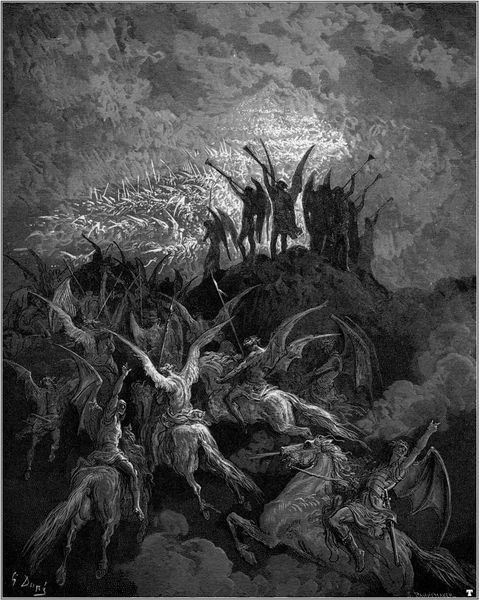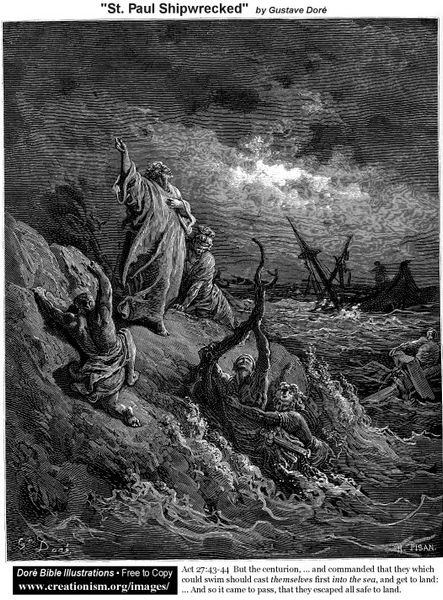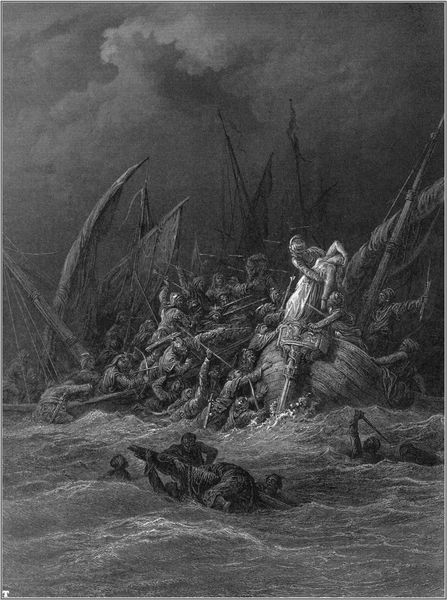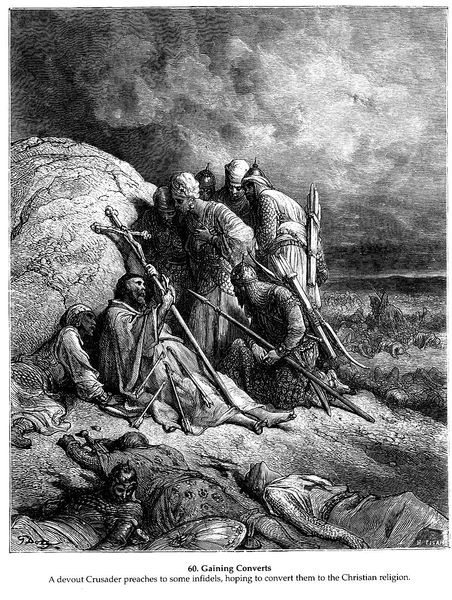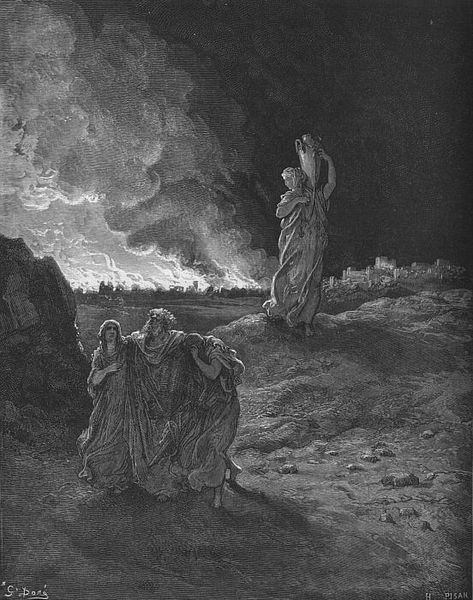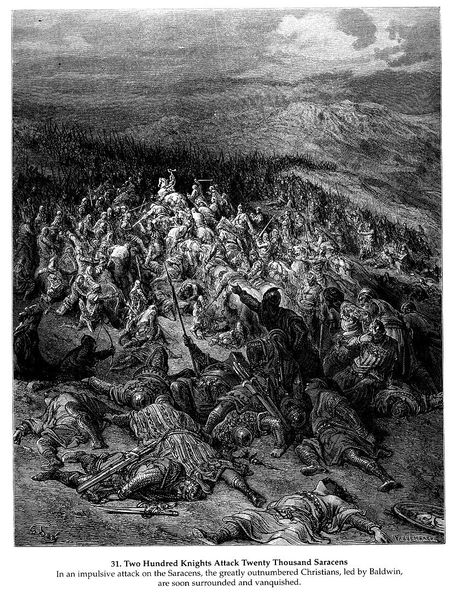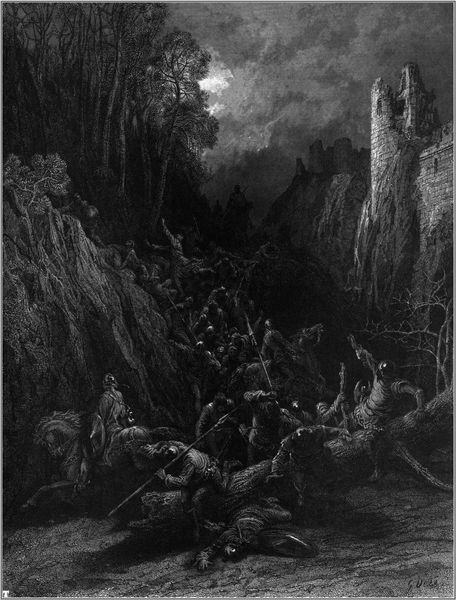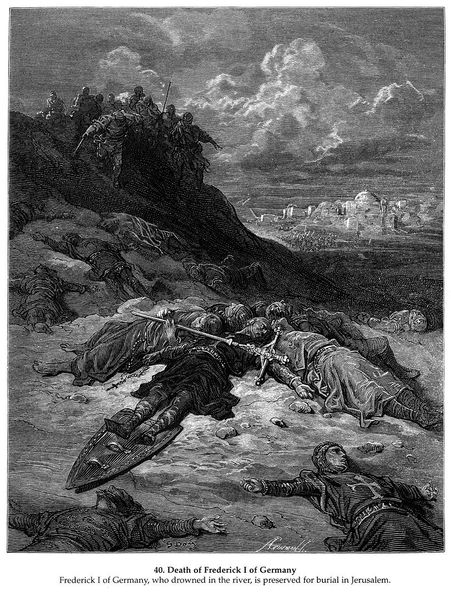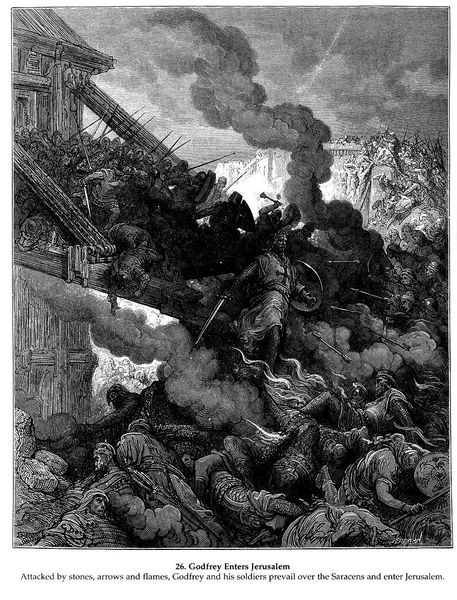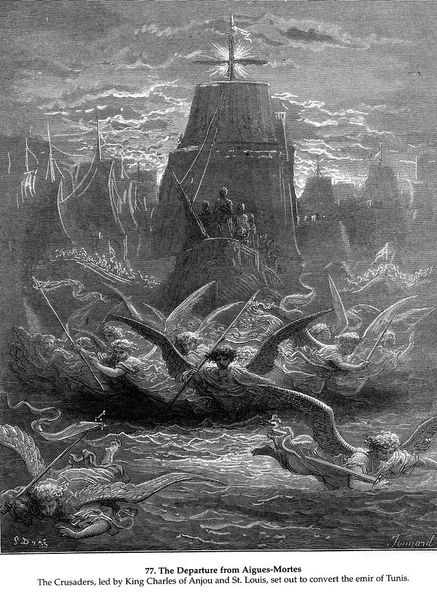
photography, engraving
#
black and white photography
#
figuration
#
photography
#
romanticism
#
monochrome photography
#
line
#
history-painting
#
monochrome
#
engraving
#
angel
#
monochrome
Copyright: Public domain
This engraving was made by Gustave Doré, who lived in nineteenth-century France. The medium is straightforward: lines cut into a metal plate, printed in ink on paper. But consider the labor involved, and the social context in which it was produced. Doré was a prolific illustrator, and this image is one of many he made for an edition of Milton’s Paradise Lost. Note the way the dense hatching and cross-hatching creates a dramatic scene, full of movement and emotion. We see the fallen angels, roused to action by their leader. The material qualities of the engraving – the crisp lines, the stark contrast – contribute to the scene's intensity. Engraving was, by Doré’s time, an established technique, though it was beginning to be challenged by newer, photographic processes. Yet, the graphic power of engraving, as well as its reproducibility, made it a perfect medium for mass dissemination. It allowed Doré's vision to reach a wide audience, visualizing the epic poem for a rapidly expanding reading public. This reminds us that even seemingly traditional mediums can be powerful tools in a modern, industrializing world.
Comments
No comments
Be the first to comment and join the conversation on the ultimate creative platform.
